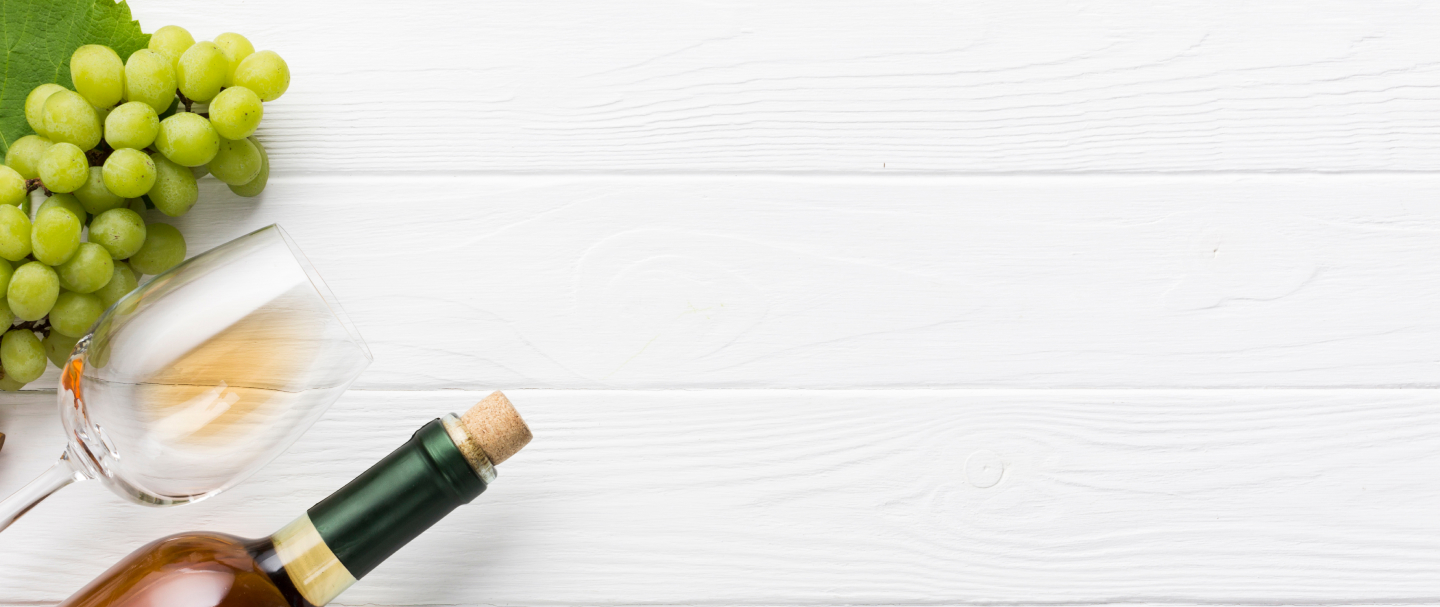American Whiskey Cognac Canada
The United States of America is a country of great cultural diversity, influenced by migrating nations from across the world. As such, its whiskey industry is a fascinating and complex one, which represents the range of regional differences found there.
The Irish were the original pioneers of American whiskey, and when they emigrated in their thousands from the old country, they brought their skills, knowledge and distillation techniques with them, to give them something to remind each other of home in the New World. This is why American whiskey goes by the Irish spelling, with the additional ‘e’, and why many traditional American whiskies closely resemble the original Irish style.
Today, there are several different types of American whiskey, and the styles and production techniques are now set out in US federal law, cementing a set of characteristics and production methods to preserve and protect the industry.
Corn whiskey, which is made from a minimum 80% corn in the mash and aged for a short period, is probably the most historic of the American whiskey styles, but others like rye whiskey, which is made from a minimum of 51% rye and aged in charred barrels, are growing in popularity among a new generation of drinkers looking for something unique, interesting and independently produced. Alongside these styles, we find Tennessee whiskey, which uses maple charcoal for sweeter notes, the softer wheat whiskies, the world-dominating Bourbon whiskies, and others which are peculiar to specific states and regions.
For over three hundred years, Cognac has enjoyed its reputation as the king of brandies. Indeed, it is widely regarded as the finest drink to be distilled from grapes to be found anywhere in the world, and it is a testament to its producers and the master craftsmen who make it that this reputation has never faltered, and remains as strong as ever to this day.
Cognac is produced solely in the beautiful towns of Cognac and Jarnac, found about fifty miles north of Bordeaux, on the west coast of France. Here, around six thousand grape growers work exclusively in the production of white wine, used for the Cognac distilleries which are scattered throughout the region. The wines are made primarily from the Ugni Blanc or Trebbiano grape - one of the most commonly planted grape varietals in the world - which benefit from the cool, coastal climate and mineral rich soils which are found there. The wines themselves wouldn’t be suitable for drinking in themselves, as they are high in acid and low in alcohol, but this makes them ideal for distillation, and they can impart their wonderful, complex, rich flavors to the brandy.
Cognac varies quite significantly from bottle to bottle, depending on how long it has been aged for, and which appellation it comes from. The Cognac region is split into six separate Crus, all with their own distinctive characteristics, and the spirit can be aged from two years (VS) to six (Hors d’Age and Napoleon) and longer.
Canada has been producing quality wines for over two hundred years, and has hundreds of established wineries producing characterful and easily recognizable wines from the many imported grape varietals which flourish in the cool climate and excellent soils which typify the region. The primary wine producing regions of Canada are all located in the south of the country, and benefit from the consistent climate found there. The two largest wine producing regions is Canada are the Okanagan Valley in British Columbia, and Niagara Peninsula, in Ontario. Both of these regions produce large quantities of the ice wine Canada is famous for, where the grapes are allowed to freeze on the vine during the early frosts, and thus have their sugars and flavors concentrated, resulting in highly aromatic and often very sweet wines.






